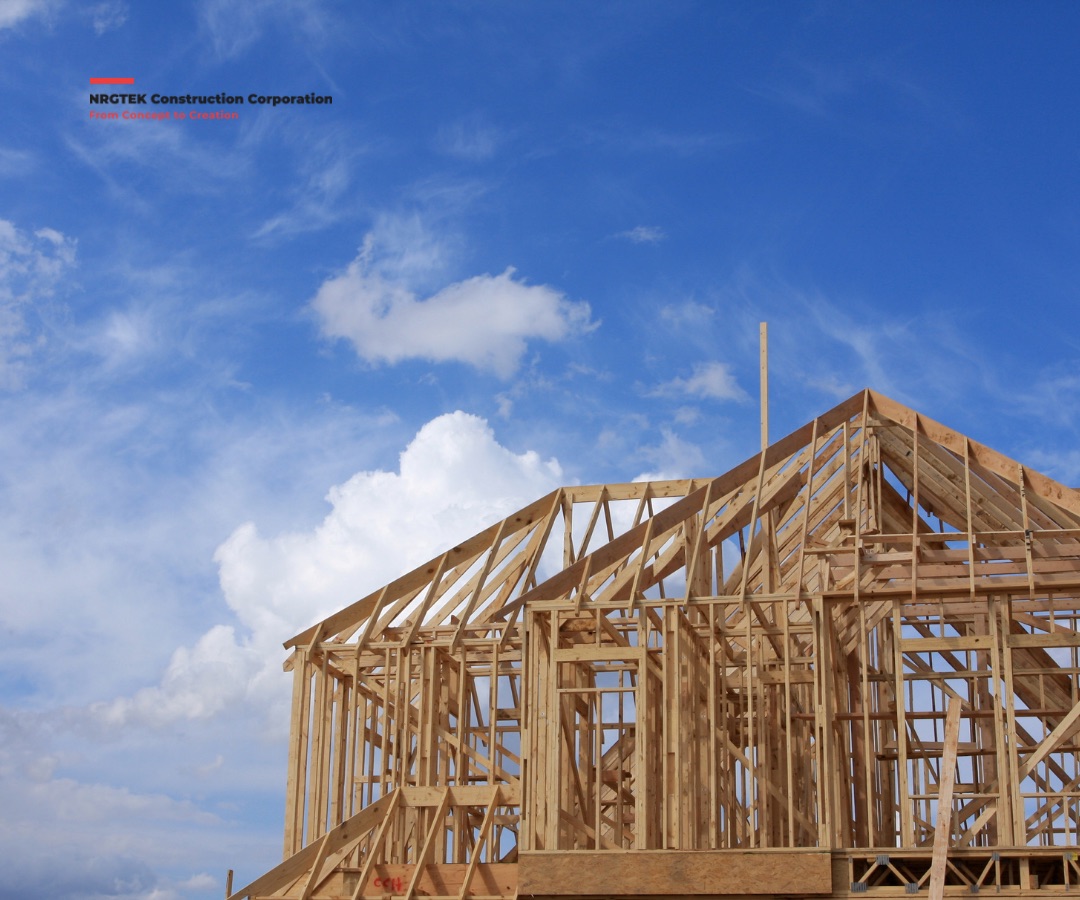
In British Columbia (BC), the desire to become a homeowner has long been seen as essential to both personal success and financial stability. Nonetheless, a number of factors affect the dynamics of the housing market, with interest rates being one of the most important ones. For prospective homeowners, policymakers, and economists alike, it is imperative to comprehend how interest rates impact homeownership trends, particularly as British Columbia continues to struggle with affordability and housing accessibility issues. This blog will examine the complex relationship that exists in British Columbia between interest rates and homeownership rates, emphasizing significant trends and insights.
1. Understanding Interest Rates and Their Impact
An essential element of the housing market is interest rates, which are set by the Bank of Canada. They have a direct impact on how much it costs to borrow money to buy a house; lower rates typically make mortgages more affordable, while higher rates make borrowing more expensive.
Low interest rates lower borrowing costs, which makes it simpler for people to obtain mortgages and purchase more expensive homes. This may result in a rise in the demand for homes, which would raise housing costs and entice more people to buy real estate. On the other hand, as interest rates rise, borrowing gets more expensive. This can reduce demand, impede price growth, and make homeownership less accessible to a larger number of people.
2. Historical Trends in BC’s Homeownership Rate
The homeownership rate in British Columbia has varied over the last few decades, frequently in tandem with shifts in interest rates. In BC, homeownership increased during low-interest rate times like the early 2000s and the years following the 2008 financial crisis. Reduced borrowing costs made it possible for more people to enter the market, especially for first-time buyers, which raised the percentage of people who own a home overall.
But when interest rates started to climb in the middle of the decade, there was an increasing concern about how affordable homes were. Increased rates and the quickly rising cost of homes in places like Vancouver began to drive the homeownership rate lower. Many would-be purchasers were priced out of the market, which caused a shift in behavior toward renting or postponing home purchases entirely.
3. The Pandemic Effect: Ultra-Low Interest Rates and Homeownership
 Interest rates and the housing market in British Columbia were significantly impacted by the COVID-19 pandemic. The pandemic created economic uncertainty, which prompted the Bank of Canada to cut interest rates to all-time lows in 2020. The goal of this action was to boost the economy by lowering the cost of borrowing and promoting expenditure, particularly in the real estate sector.
Interest rates and the housing market in British Columbia were significantly impacted by the COVID-19 pandemic. The pandemic created economic uncertainty, which prompted the Bank of Canada to cut interest rates to all-time lows in 2020. The goal of this action was to boost the economy by lowering the cost of borrowing and promoting expenditure, particularly in the real estate sector.
As a result, despite high home prices, low interest rates made mortgages more accessible, leading to a sharp increase in homebuying activity throughout British Columbia. Due to the increased demand, prices rose even more, resulting in a fiercely competitive market where over-asking price sales and bidding wars were commonplace. Consequently, more people were able to obtain financing and buy homes, which temporarily increased BC’s homeownership rate.
4. The Risks of Rising Interest Rates
Although the pandemic-induced low interest rates sparked a buying frenzy, new difficulties have emerged as a result of the rates’ subsequent normalization. Mortgage payments for both new and existing homeowners increased as a result of the Bank of Canada’s decision to raise interest rates in an effort to control inflation and stabilize the economy.
Rising interest rates have made it harder for potential homeowners to qualify for mortgages, especially in British Columbia’s already pricey markets. Due to this, the rate of home purchases has decreased, and some of the speculative activity in the housing market has subsided. Higher interest rates translate into higher monthly payments for current homeowners with variable-rate mortgages or those who are renewing their mortgages, which can put a strain on household budgets and even put them in danger of financial instability.
In high-cost locations like Vancouver, where even slight rate hikes can have a major impact on affordability, the effects of increased interest rates are more noticeable. Due to the fact that fewer individuals can now buy homes and that some current homeowners may find it difficult to make their mortgage payments, there are worries that the percentage of people who own homes may fall.
5. The Future of Homeownership in BC
The trajectory of interest rates, in addition to other elements like governmental regulations, the availability of housing, and general economic conditions, will have a significant impact on BC’s homeownership rate in the future. Even though interest rates have a significant impact on the housing market, there are other factors that also have an impact on trends in homeownership.
- Government Interventions: The impact of rising interest rates can be lessened and homeownership can be supported by policies aimed at boosting housing affordability, such as down payment assistance programs, affordable housing initiatives, and tax incentives for first-time buyers.
- Housing Supply: Improving housing supply, especially in urban areas, is essential to enhancing affordability. Streamlining development procedures and promoting the construction of a variety of housing types are two ways to enhance the availability of housing, which can help balance supply and demand and increase the accessibility of homeownership.
- Economic Conditions: The employment rate, income growth, and demographic trends are some of the broader economic factors that will influence the homeownership rates in British Columbia. The difficulties brought on by higher interest rates can be somewhat mitigated by a healthy economy with strong job growth and wage increases.
Final Thoughts
Interest rates have a significant influence on all facets of the housing market and are a major driver of homeownership trends in British Columbia. Although historically low interest rates have encouraged homeownership by making borrowing more accessible, rising rates now pose new difficulties for both current and potential homeowners. A balanced strategy that takes into account interest rates in addition to other factors is crucial as BC negotiates the intricacies of its housing market to guarantee that homeownership stays accessible to a large portion of the populace.
Making wise financial decisions in a constantly shifting environment depends on keeping up with interest rate trends and comprehending their possible effects for those wishing to buy a home or manage their current mortgages.










